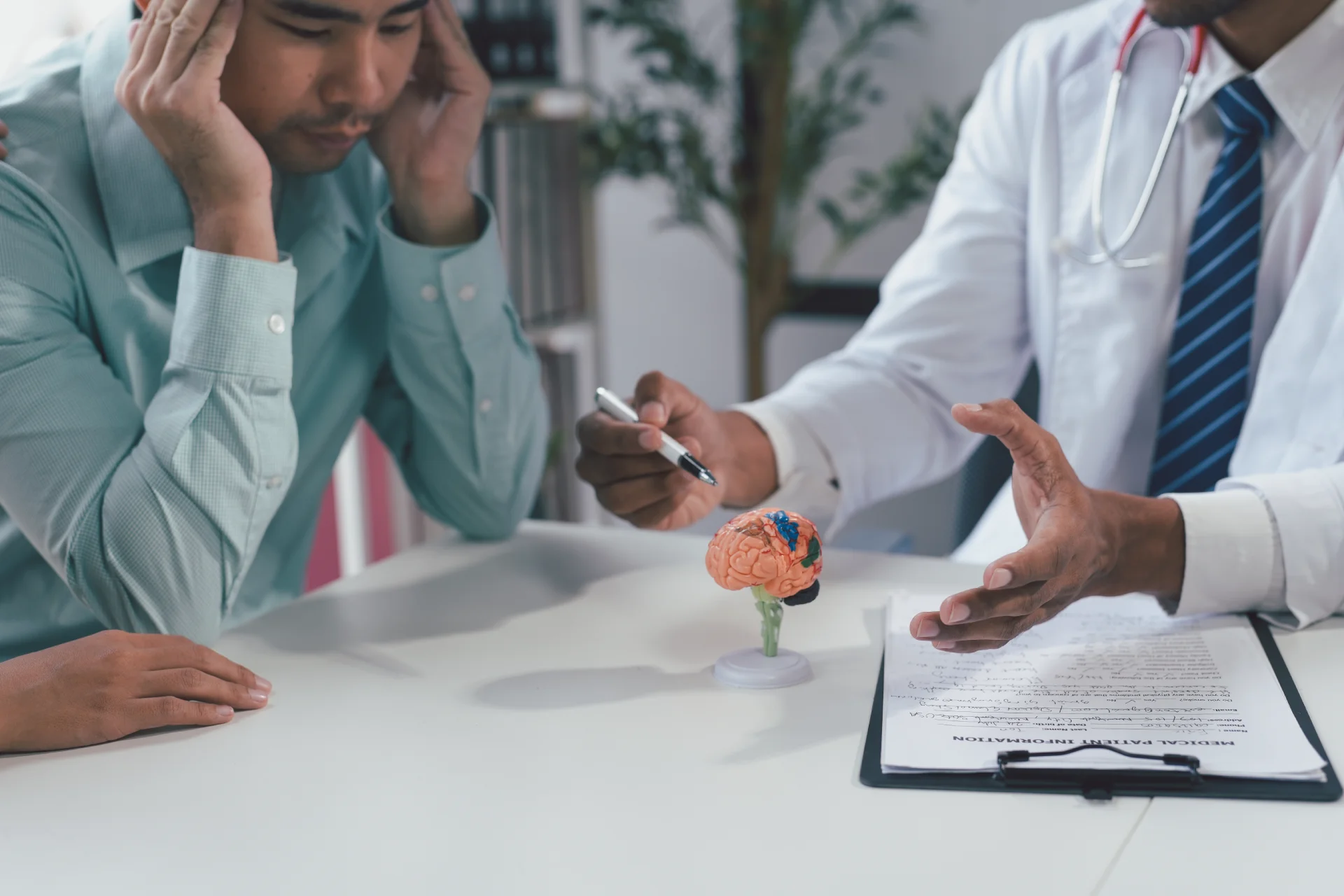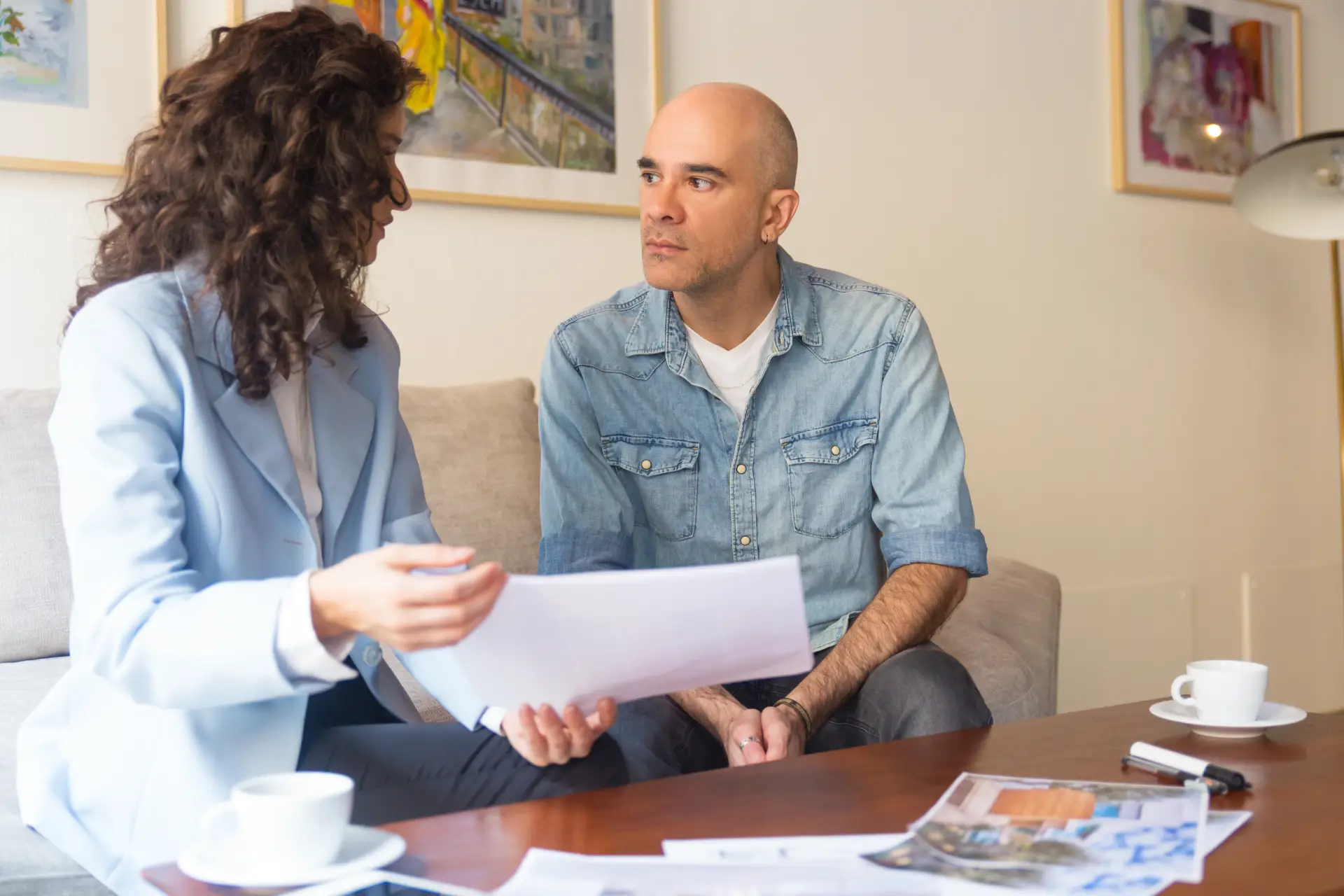Roxy Addiction Treatment in Long Island
Our Long Island Roxicodone guide explains how dependence develops, what withdrawal feels like, and how medications, therapy, and harm-reduction steps support recovery with confidential referrals to safe, personalized treatment options.
Covered by most insurance plans
Available to help you 24/7
Table of Contents
Roxicodone (oxycodone) is a potent, short-acting opioid pain medicine. Its fast onset can make it highly reinforcing tolerance builds, doses creep up, and dependence follows. On Long Island, the safest way to stop isn’t willpower alone; it’s a structured plan: medical detox or a careful taper, medication-assisted treatment (MAT), therapy for triggers and pain, and a practical relapse-prevention roadmap. We help Nassau and Suffolk residents compare licensed programs that match clinical needs, location, and insurance.
Why “Roxy” Hooks the Brain
Oxycodone activates mu-opioid receptors, dampening pain and spiking dopamine (reward). With repeated use, the brain adapts tolerance (needing more for effect) and physical dependence (withdrawal when levels fall). Because Roxicodone is short-acting, blood levels rise and fall quickly, which can drive “chasing” doses and interdose withdrawal common stepping stones to addiction.

Red Flags & Health Risks
- Behavioral: taking extra/early doses, crushing/chewing, doctor-shopping, secrecy, missed obligations, spending problems, using despite consequences.
- Physical/mental: sedation, pinpoint pupils, slowed breathing (overdose risk), severe constipation, nausea, confusion, low mood/anxiety.
- Mixing dangers: alcohol, benzodiazepines, or other sedatives sharply increase respiratory-depression/overdose risk.
Withdrawal: What It Feels Like & When It Hits
Stopping suddenly typically triggers a flu-like syndrome plus cravings. Timing varies with dose, frequency, and polysubstance use, but a typical arc looks like:
- 5–12 hours: yawning, runny nose/tearing, chills/sweats, muscle/bone aches, anxiety, restlessness, insomnia.
- 48–72 hours (peak): nausea, vomiting, diarrhea, abdominal cramps, tremor, gooseflesh, elevated HR/BP, intense cravings.
- Days 4–7: physical symptoms ease; sleep/mood/cravings may persist.
- Weeks after: post-acute “waves” (low mood, anxiety, poor sleep) are common without support.
Detox & MAT Options on Long Island
Medical detox manages acute withdrawal with monitoring, hydration/nutrition, and targeted non-opioid meds (anti-nausea, anti-diarrheal, analgesics, clonidine/lofexidine for autonomic symptoms). Many benefit from Medication-Assisted Treatment (MAT) to quiet withdrawal and cravings and reduce relapse/overdose risk:
- Buprenorphine (often with naloxone): partial agonist; eases symptoms and blunts euphoria if opioids are used.
- Methadone: full agonist in structured clinics; helpful for severe/complex dependence.
- Naltrexone (after detox): antagonist; blocks opioid effects to support abstinence.
MAT isn’t “trading one addiction for another.” It stabilizes the brain so therapy and life changes can stick, and it lowers mortality.
Levels of Care Locally
- Inpatient Medical Detox: safest for moderate–severe dependence, polysubstance use, or medical/psychiatric complexity.
- Residential Rehab: live-in structure, daily therapy/skills, and relapse-prevention away from triggers.
- PHP / IOP: multi-day therapy each week with med management while living at home or in recovery housing.
- Outpatient & Telehealth: weekly therapy + MAT once stable; convenient across Nassau & Suffolk.
Therapies That Move the Needle
CBT: map triggers (pain spikes, stress, people/places), challenge “just this once,” and rehearse alternative actions with a written plan.
DBT skills: distress tolerance and emotion regulation for urge spikes; interpersonal effectiveness to repair relationships and set boundaries.
Dual-diagnosis care: treat depression, anxiety, PTSD, or insomnia alongside Roxy use untreated symptoms drive relapse.
Pain without opioids: non-opioid meds, physical therapy, pacing/graded activity, CBT-I for sleep, and mind-body approaches.
Harm Reduction & Practical Safety
- Avoid alcohol/benzodiazepines with opioids; combination heightens overdose risk.
- Keep naloxone at home; teach loved ones to use it; call 911 for slow/stopped breathing.
- Use one prescriber/one pharmacy; lock meds; never share pills.
- During taper/detox: hydrate, small frequent meals, light movement/stretching, consistent wake time, morning light to reset sleep.
Aftercare: Staying Well
Strong aftercare pairs MAT (when appropriate) with weekly therapy, peer support (SMART Recovery/NA), family education, recovery coaching, and (if helpful) sober living. Build a relapse-prevention plan with personal early-warning signs, if-then steps, pain-flare strategies, and emergency contacts.

Our Role on Long Island
Long Island Addiction Resources is a confidential referral service not a rehab or medical provider. We verify benefits and connect you with vetted, licensed detox and rehab programs across Nassau and Suffolk that deliver person-centered, evidence-based care (detox, residential, PHP/IOP, outpatient/MAT, recovery housing). We can also coordinate professional interventions when readiness is low.
Start Roxicodone Addiction Treatment in Long Island
If you or a loved one are ready to end your alcohol and drug use, there are many recovery options available near you in Long Island
Are you ready to take back control over your life?
Making the decision to seek help is one of the hardest and bravest steps you can take. We know that the recovery process is not always easy—there may be challenges along the way—but every step forward brings you closer to a life free from the weight of addiction.
Find treatment options covered by insurance















Let today be
your Day 1
We'll get on a call, assess your health history, and verify your insurance. Today is Day 1. We can't wait to celebrate Day 1000 with you!
Fill out this simple form and we’ll call you right back.
Frequently Asked Questions
We'll get on a call, assess your health history, and verify your insurance. Today is Day 1. We can't wait to celebrate Day 1000 with you!
What are the signs of Roxicodone misuse or addiction?
Warning signs include taking higher or more frequent doses, running out of prescriptions early, secrecy, doctor-shopping, mood swings, and withdrawal between doses.
What happens during Roxicodone withdrawal?
Withdrawal causes flu-like symptoms such as sweating, chills, nausea, diarrhea, insomnia, body aches, and strong cravings. Anxiety, depression, or fatigue may persist for weeks.
What medications are used in Roxicodone addiction treatment?
Medication-Assisted Treatment (MAT) may include buprenorphine, methadone, or naltrexone to reduce cravings, stabilize the body, and prevent relapse.
Can Roxicodone addiction develop from legitimate prescriptions?
Yes. Even patients prescribed Roxicodone for pain management can develop tolerance and dependence if used for extended periods or without proper monitoring.
What harm reduction practices can prevent overdose?
Avoid mixing Roxicodone with alcohol or sedatives, carry naloxone (Narcan), store medications securely, and maintain hydration, nutrition, and regular sleep routines.
